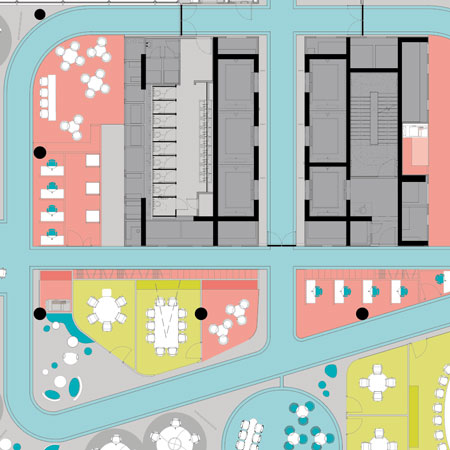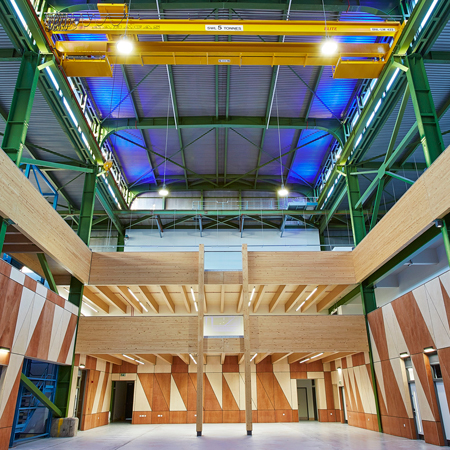Money, cookies, TVs and, in more recent years, buildings. All can be smart. Although the residential sector has the potential to be the largest market for smart buildings, the continued rise of the wellbeing and environmental, social and governance (ESG) agendas in commercial real estate means that the adoption and implementation of new ideas in the workplace are more important than ever.
Initially, smarter buildings will be a differentiating factor for occupiers choosing a building. But we are approaching a tipping point where they will be the norm. For employees, desk management, wayfinding, environmental and comfort management, initially integrating with city-level mobility options, will be part of the front door to desk commute.
In other words, your building will:
- know your schedule
- assign your workspace
- set your preferences for light and temperature.
And that’s just the start.
Monitoring building performance
“We are now able to access live data streams through the installation of monitors and sensors, often known as the Internet of Things (IoT),” says Chris Marriott, CEO of Savills South East Asia, who has been active in the sourcing and integration of platforms into Savills own Property Management business.
“This real-time data is captured in building management systems (BMS), through which we can learn more about the use, consumption and performance within the building. This enables us to completely change the way in which we manage our properties.”
It is from here that the notion of a ‘digital twin’ for assets has emerged. This would allow proactive maintenance alerting property managers about potential or pending issues as well as the real-time monitoring of all systems in a virtual environment. Property managers will become more efficient, and also reduce their redundant workloads by relying heavily on artificial intelligence and machine-learning technologies.
“Smart buildings open a new field of exciting opportunities for improving building performance but also on enhancing customer experience,” says Sylvain Thouzeau, UK Building Performance Manager, Savills.
“Property managers learn more about their customers and have access to an invaluable set of data about how people feel in the building and how they use the space and services. This helps us to improve the services and tailor them to people’s expectations for a better experience and satisfaction.”
No-touch control
Meeting high standards of satisfaction in a post-Covid-19 world will require even smarter systems within buildings. We will see a rise of haptics. This enables user control without the need to touch a surface and is increasingly being adopted by the automotive sector.
Haptics uses technology to stimulate the senses of touch and motion, and will assist with all types of office ‘interactions’ including toilets, food preparation appliances, printers, lifts and doors.
Start-ups in the real estate tech sector attracted $44 billion of capital in 2019, compared with $10 billion in 2016. They are delivering tech solutions to buildings from their foundations to the roof, innovations that will provide the analytics necessary to monitor and achieve efficiencies and reduce emissions, while delivering the enhanced experience and financial benefits that drive future commitment from investors.
Six smart ways to shape the built environment
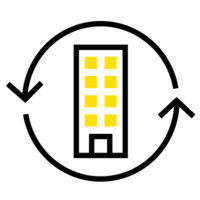
NCG Spaceti This smart workplace partnership provides an ‘at scale’ IoT device-based data platform about offices and their environs. NCG Spaceti provides occupancy, booking, issue reporting, wayfinding, data analysis and environmental metrics all supplemented by an office community app.
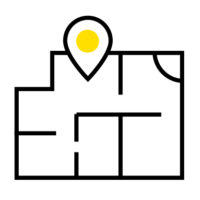
Situm Situm is an indoor wayfinding and tracking solution designed for airports, shopping centres and hospitals. It merges signals such as WiFi, Bluetooth and information from the sensors in smartphones to help guide people without the need for additional hardware.

iCondo The iCondo management app connects property managers, residents, local businesses and communities on a single platform. As well as offering a social platform for residents, it enables them to find information, forms and facility bookings, as well as have any maintenance issues dealt with promptly.

Nantum OS Uses artificial intelligence to analyse building data from disparate systems, such as BMS, utility meters and access control, combining it with third-party sources, such as weather and IoT sensors to optimise building performance and tenant comfort in real time.

BuildingIQ This platform is built on five pillars: data capture and analysis, advanced modelling, measurement and verification, predictive control and expert human analysis. It promises to deliver energy savings, improved operational efficiency and increased tenant comfort.
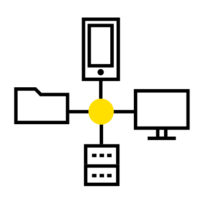
Iviva A platform that brings applications, systems and end-user devices together. Iviva covers Building Information Modelling (BIM) to real-time performance monitoring and is designed to integrate the physical and digital spaces, and improve productivity, cost and efficiency over the building lifecycle.


